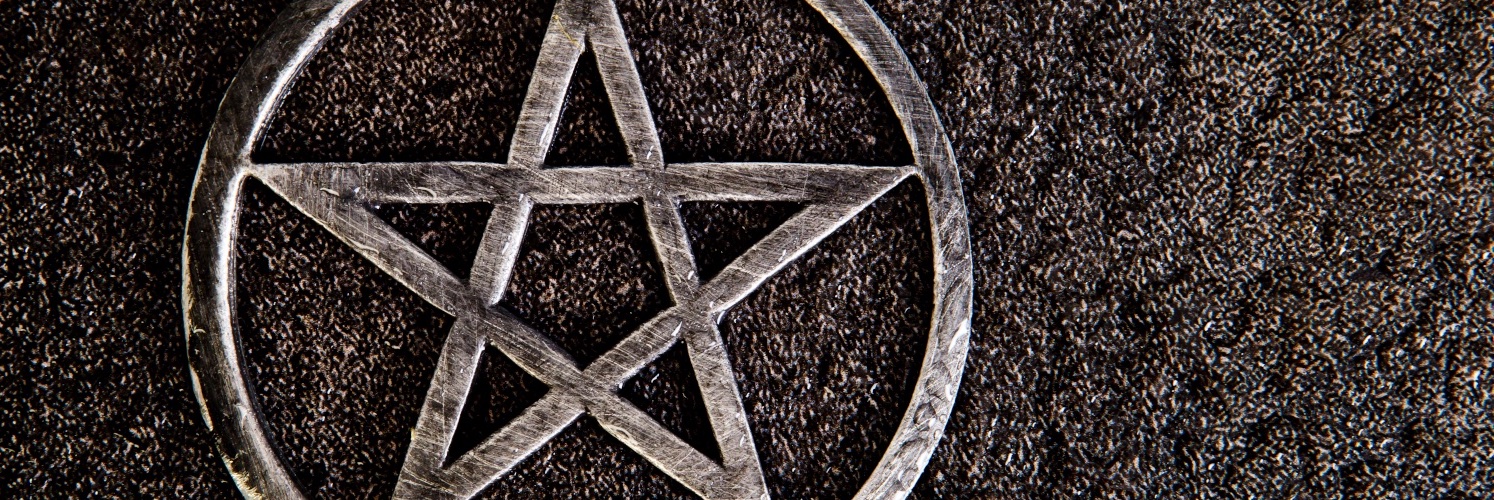In the magick circle, we have representation of the four elements, the sun, the moon, and the earth. But notably missing is the representation of the sky/stars. Or so I thought. While researching for another project, I came across the notion of the Royal Stars, an astrological and astronomical concept used by the ancient Persians and others to easily reference the point in space where solstices and equinoxes occurred. I quickly realized that these astral powers were the missing aspect I was searching for. After all, the stars were supremely important to the ancient peoples of the Earth for calculating time and navigating from place to place. Such a crucial element of wisdom should be reflected in the Wiccan magick circle.
Aldebaran
Aldebaran is the dominant star in the constellation Taurus and is called the eye of the bull. In ancient times, it marked the March equinox of the sun, but now conjuncts the sun around June 1. Its name comes from the Arabic al Dabarān, meaning ‘the follower’, since it appears to follow the Pleiades. It is one of the easiest stars to find in the night sky, partly due to its brightness and orange color and partly due to being near one of the more noticeable asterisms in the sky. Following the three stars of Orion’s belt in the opposite direction to Sirius, the first bright star encountered is Aldebaran.
Aldebaran is rightly seated in the Watchtower of the East, alongside sylphs, fairies, and winged creatures. Its elemental co-ruler is Queen Paralda and its angelic co-ruler is Raphael.
Regulus
Regulus is the dominant star in the constellation Leo and is called the heart of the lion. In ancient times, it marked the June solstice of the sun, but now conjuncts the sun around August 23. Its name comes from the Latin Rēgulus, meaning ‘prince’ or ‘little king’. It is the brightest star in Leo, situated at the right foot.
Regulus is rightly seated in the Watchtower of the North, alongside salamanders, reptiles, and dragons. Its elemental co-ruler is King Djinn and its angelic co-ruler is Uriel.
Antares
Antares is the dominant star in the constellation Scorpio and is called the heart of the scorpion. In ancient times, it marked the September equinox of the sun, but now conjuncts the sun around November 30. Its name comes from the Ancient Greek Ἀντάρης, meaning ‘rival to Ares’ (‘opponent to Mars’), due to the similarity of its reddish hue to the appearance of the planet Mars. It is the brightest star in Scorpio, situated in the middle of the constellation.
Antares is rightly seated in the Watchtower of the West, alongside undines, mermaids, fish, whales, and crustaceans. Its elemental co-ruler is Queen Nixsa and its angelic co-ruler is Gabriel.
Fomalhaut
Fomalhaut, the mouth of the fish, is the dominant star in Piscis Austrinus and shares the same longitude as Sadalmelik, which is the dominant star in the nearby constellation Aquarius. In ancient times, it was part of the Aquarius constellation and marked the December solstice of the sun, but now it conjuncts the sun around February 22. Its name comes from the Arabic fam al-ḥūt, meaning ‘mouth of the fish/whale’. To find it, look to the Great Square of Pegasus. Find the two stars on the western side of the Square, draw a line through those stars and continue south through Aquarius about 45 degrees and you’ll find it. Fomalhaut exists as the single bright light in a field of dim stars, hence it’s nickname, the Loneliest Star.
Fomalhaut is rightly seated in the Watchtower of the South, alongside gnomes, deer, wolves, bears, and other mammals. Its elemental co-ruler is King Ghob and its angelic co-ruler is Michael.

